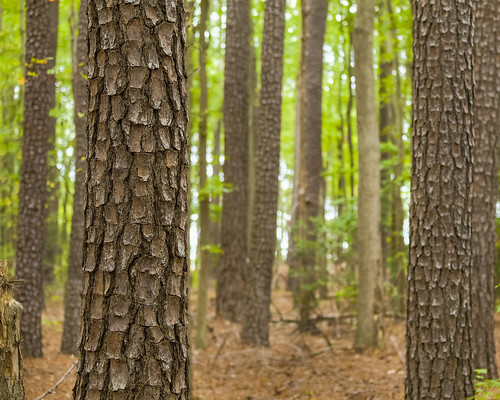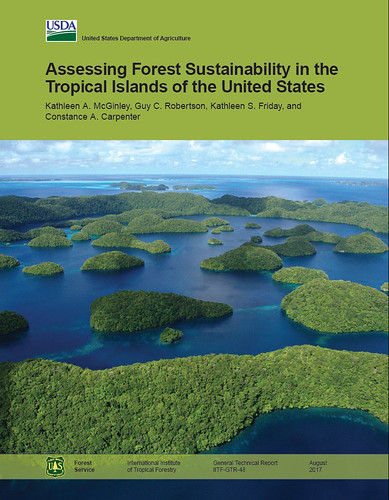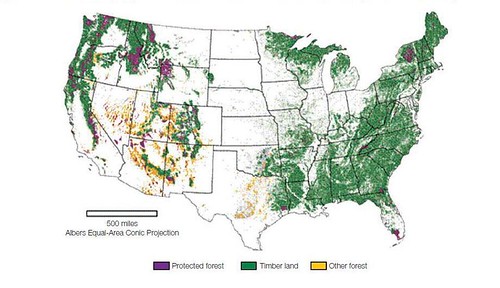
Sustaining the nation’s forests to provide lasting benefits to the people of the United States is at the core of the USDA Forest Service’s mission, and the agency is building the tools and data to support this mission. Specifically, Forest Service scientists actively monitor and assess the sustainability of the nation’s forests through the Sustainability Assessment Program, an effort that gathers and tracks information on forest conditions across the country. This information in turn enables informed discussions about sustainability in domestic and international circles.
On the domestic front, people want to know that their forests are being wisely managed and that the many benefits they value, including natural resources, recreation opportunities, and wood products, will endure now and into the future.
Our international trading partners also want to know that U.S. exports are produced sustainably. In fact, for many countries, sustainability assurance is becoming a prerequisite for trade.
The issues are as complex as they are important. For example, in much of the country, fire, invasive pests, drought, and land use changes pose greater threats to forest health and sustainability than overharvesting.
Fortunately, we have a success story to tell. At the national level, forest area in the U.S. has remained remarkably stable over the last 50 years, and the amount of wood growing on these forests has increased considerably: over 20 percent since 1990. In the Southeast, a major wood production region and supplier to domestic and international markets, these positive trends are even more pronounced, with the region emerging as one of the most productive wood producers in the world.

We know this thanks to the forest inventory survey, a robust forest monitoring and assessment system maintained by the Forest Service for much of the last century. Researchers study and translate inventory data into information that helps determine and predict sustainability. This information is then packaged into reports, such as the recent report on the sustainability of tropical forests on U.S. islands in the Caribbean and Pacific. Researchers also use this data to compile the statistical information needed to meet our international reporting responsibilities, such as ongoing data submissions to international efforts like the United Nations’ Sustainability Development Goals and the Montréal Process for the Conservation and Management of Temperate and Boreal Forests.
Forest sustainability monitoring and assessment advances the agency’s mission both at home and abroad.

